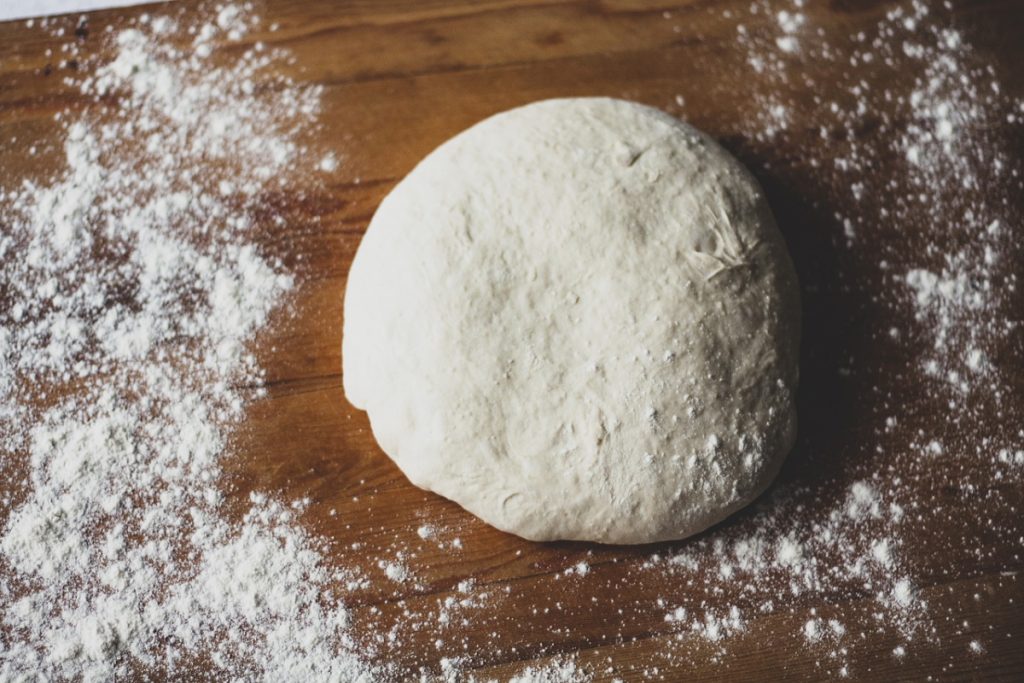Have you ever wonder why there are so many different types of flour available in the market? How does using these different flours affects your final baked goods? In today’s post, we will be focusing specifically on how the different types flour can affect bread making.
First, let us see how bread gets its structure. The primary structure builder in bread is gluten, which is a type of protein found in wheat flour. Hence, the higher the protein content of the flour, the higher the gluten level. Why is gluten important then? When we mix flour, water and yeast to form bread, the yeast will feed off the sugars in the flour (or the added sugar) and releases carbon dioxide. This fermentation process is what makes bread rise. Higher gluten content in flour will give strength to the dough to hold the gas, produce a high rise and hold its shape.
As you can guess, the main difference between the different types of flour is the protein content which in turns affect the gluten level. Let us see the difference between the 4 main flours available in the market:
- All Purpose Flour
As the name suggests, all-purpose flour is a versatile flour that can be used for most types of baking – even bread making. It has a medium protein content of 9% to 10.5%. Using all purpose flour in bread making will result in softer bread due to the lower gluten level.
- Bread Flour
Bread flour on the other hand, has a higher protein content of 12% to 13%. This is most ideal for bread making as the higher gluten level will allow the bread to stay in shape after the rising process and gives it the right texture. Bakers who wants the best of both world, may sometimes mix bread flour with all-purpose flour to get the strength needed with added softness to the bread.
- Cake flour
Out of all the flour, cake flour has the lowest protein level of 6%-8%. This allows for light, tender baked goods such as cakes and muffins. The much lower protein content means this flour is not suitable for bread making.
- Self-raising flour
This is a blend of all-purpose flour, a leavening agent (baking powder, baking soda or a bit of both) and salt. This is mainly use in baking cakes.
There you have it, the different types of flour explained. Hopefully this will help your decision making during your next baking adventure!

